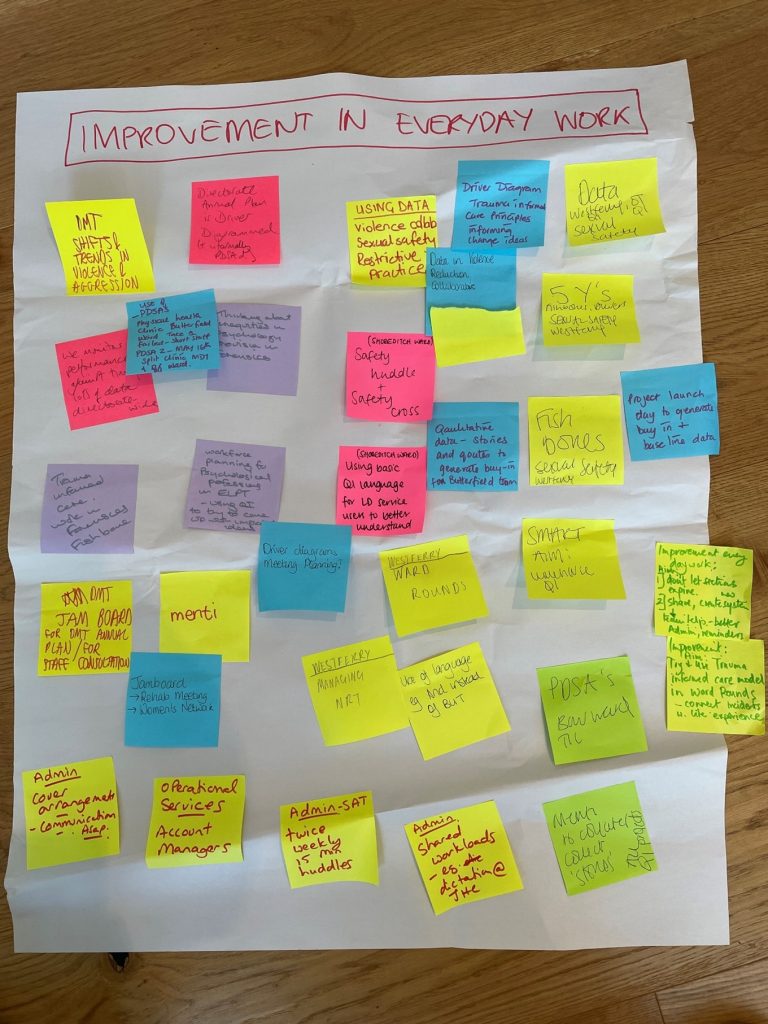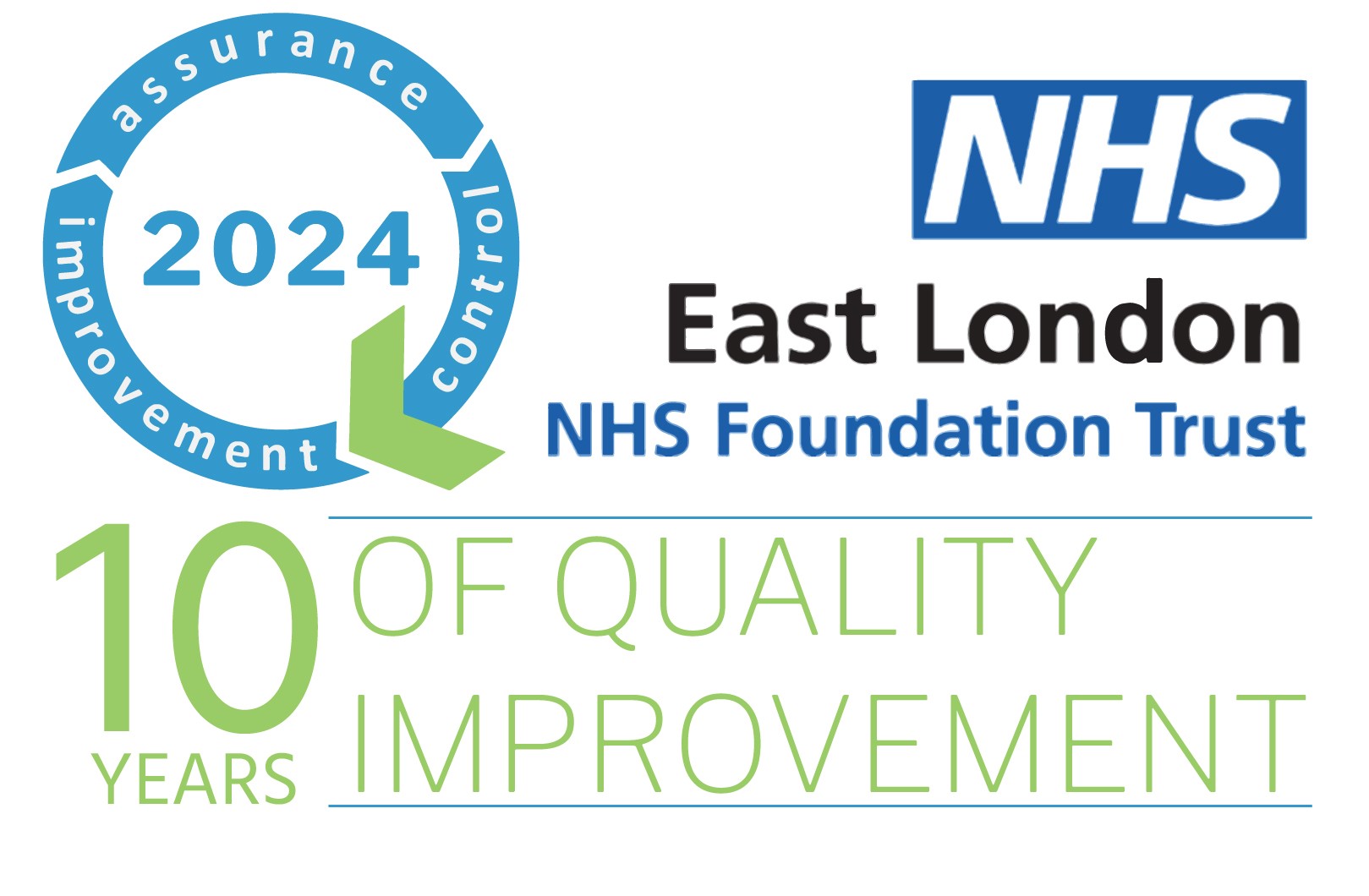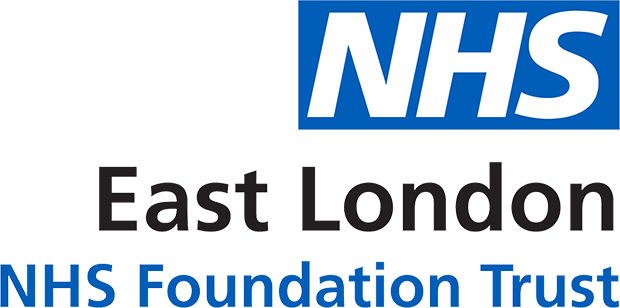Quality Improvement in Everyday Work in the Forensic Directorate
In this 5-minute read, learn about how the Forensic Directorate is using improvement in everyday work.
On a sunny day in April the Forensic Directorate coaches and sponsors gathered together at a venue in Clissold Park to hold their inaugural coaches away day. Organised by Dr Sian Llewellyn-Jones, Quality Improvement (QI) sponsor, and Emma Furlong, QI coach, it was a fun filled day that saw 18 coaches and sponsors come together to support each other and discuss all the fantastic improvement work they’re doing. We were also spoilt with a wonderful lunch supplied by Plantation Inn, Leyton – the rice and peas were a hit!
As well as supporting numerous QI projects, a brainstorming exercise conducted on the day highlighted an array of improvement that’s going on in everyday work. This spanned multiple teams from the Senior Management Team through to individual wards, the psychology service and the administrative team.
Forensic coaches are using tools, such as driver diagrams, the 5 Whys, fishbone diagrams, and Plan Do Study Act cycles (PDSA) to help them make improvements in their everyday work. One coach reflected, “everything I do is a PDSA”!

Figure 1: brainstorming exercise showing an array of improvement in everyday work
Co-production of Improvement
Importantly, service users and carers should always be at the heart of all improvement work. One of many examples in the Forensic service is Shoreditch ward. The team have adapted the language they use when speaking about QI so it’s jargon free and they can be more inclusive of their service users.
Some notable examples of everyday improvement include the use of driver diagrams by the lead nurse to structure and plan meetings. The directorate’s annual plan is presented as a driver diagram and they informally PDSA ideas that stem from this. The Psychology team also use driver diagrams to help with workforce planning. Clerkenwell ward is using a driver diagram to map system level wellbeing and decide what can be done as everyday improvement and what will need a QI project.
Using Data to Inform Improvement
Forensic coaches are using data to both inform improvement and for quality control. For example a monthly violence collaboration is held where teams meet and look at their violent incidents data on control charts and make decisions on next steps based on this.
Trauma informed ways of working are a priority for the directorate, and Bow ward completed a successful QI project on this. Other wards, such as Limehouse, are now taking change ideas from this work and using PDSAs to test them in their areas. By the end of the year the directorate aims for all wards to develop driver diagrams that will guide them to work by their own trauma informed principles.
Westferry ward uses PDSA cycles to ensure their team doesn’t get stuck in a “this is the way we have always done it” mindset. This has helped them transform their nursing handovers. Butterfield ward is using PDSAs to adapt their physical health clinic.
Other Tools
Huddles are used widely across the directorate, including safety huddles. Several teams, such as Psychology and the Senior Management Team, have said they use Mentimeter to understand problems and encourage a flattening of hierarchy within the directorate.
If these examples have inspired you, why not test out using improvement in your everyday work!




